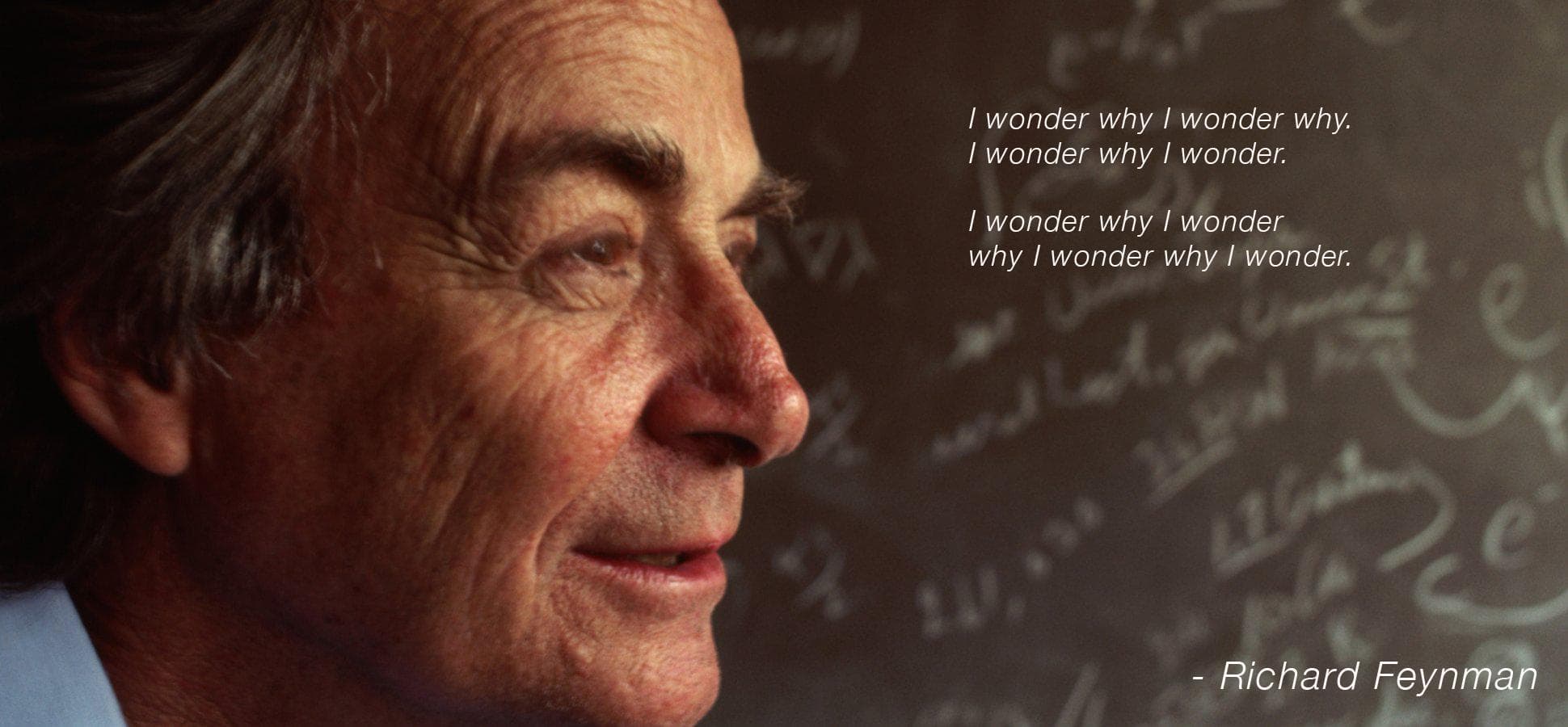To many, Richard Feynman is an inspiration. Without a doubt, he was the same caliber of man, as well as scientist, as Carl Sagan and many of the other greats that we have all come to known and love. If you aren't familiar with him, you'll want to take a moment to get to know him a little better.
He was a scientist, a teacher, a musician, and an icon. In the physics community, he is heralded as one of the most prominent theoretical physicists ever known. Modern science owes a lot to Feynman, for both his work and the encouraging words he left to the next generation of scientists.
Through the power of reading, he was able to teach himself concepts and subjects far ahead of what he was learning in school. In an interview, Feynman credits a book series “Algebra for the practical man” with much of his learning. You can still find these books online and can download PDF versions of some of them.
Feynman went to Princeton University, where he got a perfect score on the entrance exam in mathematics and physics (this is no easy task). During his time there, he took classes with scientists such as Albert Einstein, Wolfgang Pauli, and John won Neumann. For his doctoral work, Feynman – along with his thesis adviser John Archibald Wheeler – laid the groundwork for “path integral formulation” as well as “Feynman diagrams.” He would continue this pioneering work throughout his career.
Feynman was also one of the scientists assigned to work on the Manhattan and Trinity projects during World War II. He was a junior scientist, but even then, Feynman helped to solve difficult equations, including the formula for calculating the yield of a fission device.
He also won the Nobel Prize for developing the mathematical explanation of the electromagnetic force, and this turned out to be one of the most precise models in the history of physics.
Some time ago, the Nobel Prize winning physicist was asked how magnets work. You might think that he would respond by talking about the magnetic field or Maxwell’s equations. But you would be wrong. Instead, he discloses something remarkable that cuts straight to the heart of what is being asked. And in the end, underscores the importance of asking good questions.
Share This Article
